If you enjoy staring at loading screens for half a minute, then you don’t need one
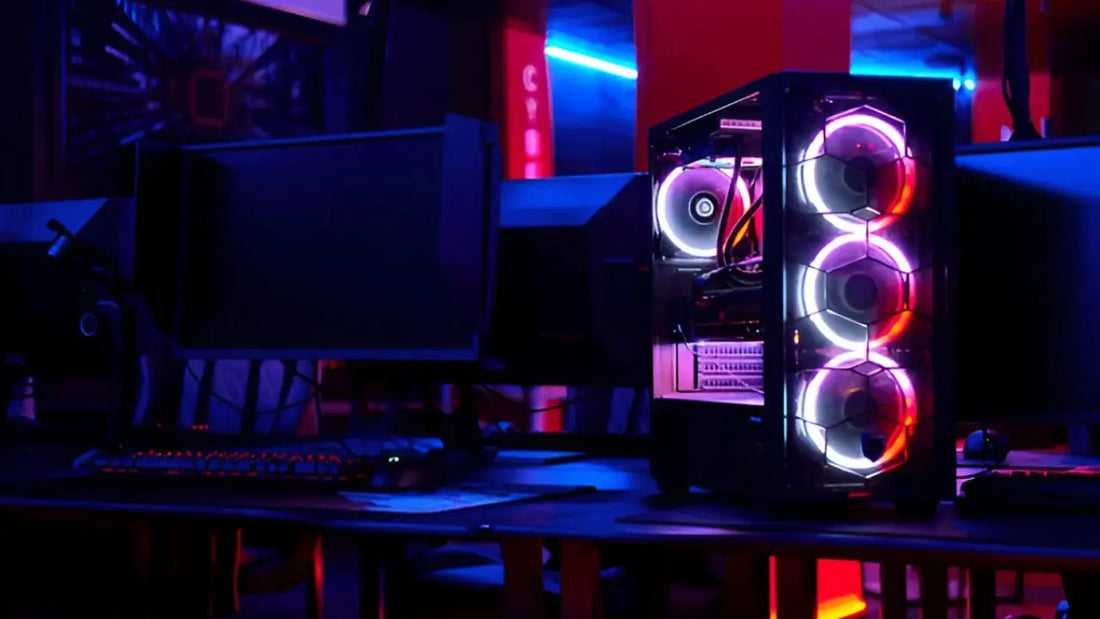
Does SSD Speed Really Matter for Gaming?
Before 2010, mechanical hard drives (HDDs) were sufficient for loading and running any game, but they had several notable drawbacks. First was their size – everyone disliked those 3.5-inch "bricks," but 2.5-inch 7200 RPM HDDs with high cache were rare. Their motors consumed significant power, generated noise, and often caused heating issues. The mechanical structure was also prone to failure from physical impacts, and they were much slower than SSDs.
Today, SSDs have rapidly replaced HDDs as the default storage for PCs and next-gen gaming consoles. In fact, SSDs have become mandatory hardware specifications for some major AAA titles. But does SSD speed really matter for gaming?
Simply swapping to an SSD isn't enough. While they generally offer better read/write speeds than HDDs, significant differences exist between SSDs – it all comes down to those speeds. For example, early SATA SSDs, designed as HDD replacements, are now the slowest SSD type with sequential read/write speeds typically between 200-500MB/s and 4K random speeds of 30-80MB/s. This is much faster than standard HDDs' 80-160MB/s sequential and mere few MB/s random speeds. However, these pale in comparison to mainstream PCIe 4.0 NVMe SSDs with over 7000MB/s sequential and 2000MB/s+ random speeds.
But how much do these speeds actually affect your gaming?
Since SSDs primarily store game installation files, what important impact do they have on gaming performance? After all, a decade ago, we all bought large, affordable HDDs to store games, videos, and "study materials." The SSD's most important advantage is: game loading.
When a game loads, it fetches files and data from the SSD, transfers them to RAM, sends graphics information to VRAM, and finally the GPU renders each frame. The transfer time from SSD to RAM largely depends on the SSD's read/write speeds.
Many newer open-world games like Elden Ring use streaming technology, loading the surrounding game world into RAM. As you move, the game continuously pulls textures, models, and sounds from storage. Slow storage makes this process sluggish, potentially causing noticeable stuttering and lag.
DRAM cache is also crucial for SSDs.
Take Cyberpunk 2077 as an example: the Samsung 990 Pro with its 1GB DRAM cache quickly grabs critical code and basic resources needed for game startup – initial character models, opening cinematics, etc. With cache speeds up to 7450MB/s, data rapidly transfers to memory. Compared to cacheless or small-cache SSDs (like the Western Digital SN740), this can dramatically reduce startup times, potentially cutting main menu loading from 20 seconds to under 10.
During gameplay, as players rapidly traverse Night City's different districts with frequent scene changes, DRAM cache continuously pre-stores upcoming scene data – building textures, road materials, NPC models – ensuring the GPU receives data promptly for smooth framerates, avoiding stutters, drops, and loading delays. Entry-level cacheless SSDs frequently wait for data reads from flash memory during scene loading, causing prolonged freezes and slow texture/model loading, severely impacting immersion.
Why PCIe 5.0 Doesn't Matter Much for Most Gamers
However, faster SSD speeds don't automatically mean faster game loading. SSDs are just one part of the loading process. Switching from SATA to PCIe SSDs shows noticeable loading time improvements, depending on the game. But upgrading from PCIe 4.0 to 5.0 SSDs shows minimal difference. SSDs rated at 5000MB/s and 7500MB/s sequential speeds provide very similar gaming performance. While these SSDs may be faster for non-gaming tasks, other factors like engine optimization significantly impact game performance.
Here's an interesting example: if you own a GeForce RTX 4090, you might be surprised it doesn't even use PCIe 5.0. It's built to 4.0 standards but can run in 3.0 slots. Most importantly, you won't even notice negative impacts using it in a 3.0 slot.
This happens because PCIe 5.0 transfers about 4GB/s per lane, while PCIe 4.0 transfers about 2GB/s per lane. Therefore, a device running in 16-lane PCIe 4.0 can transfer 32GB/s in each direction. Even running an RTX 4090 in an 8-lane PCIe 4.0 slot shows negligible performance drops, let alone PCIe SSDs.
NVMe SSDs have become essential for AAA gaming, but the dazzling PCIe 5.0 isn't practical yet – they don't bring real performance gains, and at some point, CPUs and GPUs become gaming bottlenecks before SSDs do.
Additionally, PCIe 5.0 SSDs run hot, consume significant power, cost much more, and have random read/write speeds similar to PCIe 4.0. In some cases, you might even need massive heatsinks for PCIe 5.0 M.2 SSDs.
The only game I’ve encountered that can’t be played on a SATA SSD is Assassin’s Creed Shadows. After playing for a while, it has slow loading, stuttering, textures that won’t load, and various UI elements that fail to load. However, it runs normally on my Steam Deck, even though I have it installed on the memory card.
Extremely important. When playing Battlefield, if the server doesn’t add a 10-second delay at the start, players without SSDs can’t grab vehicles.


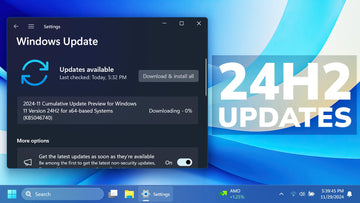
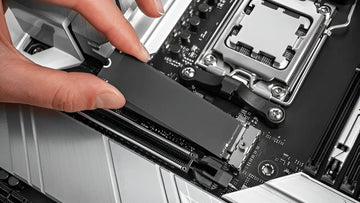

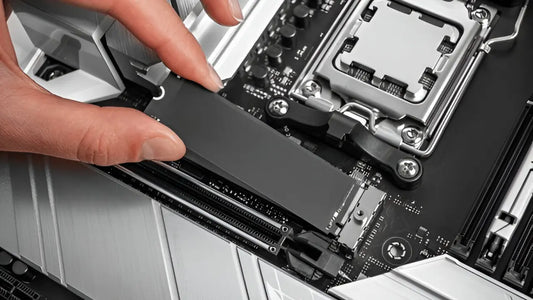
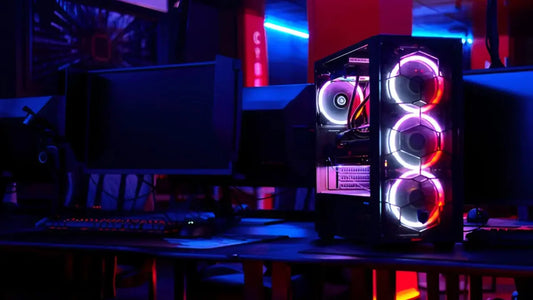



3 comments